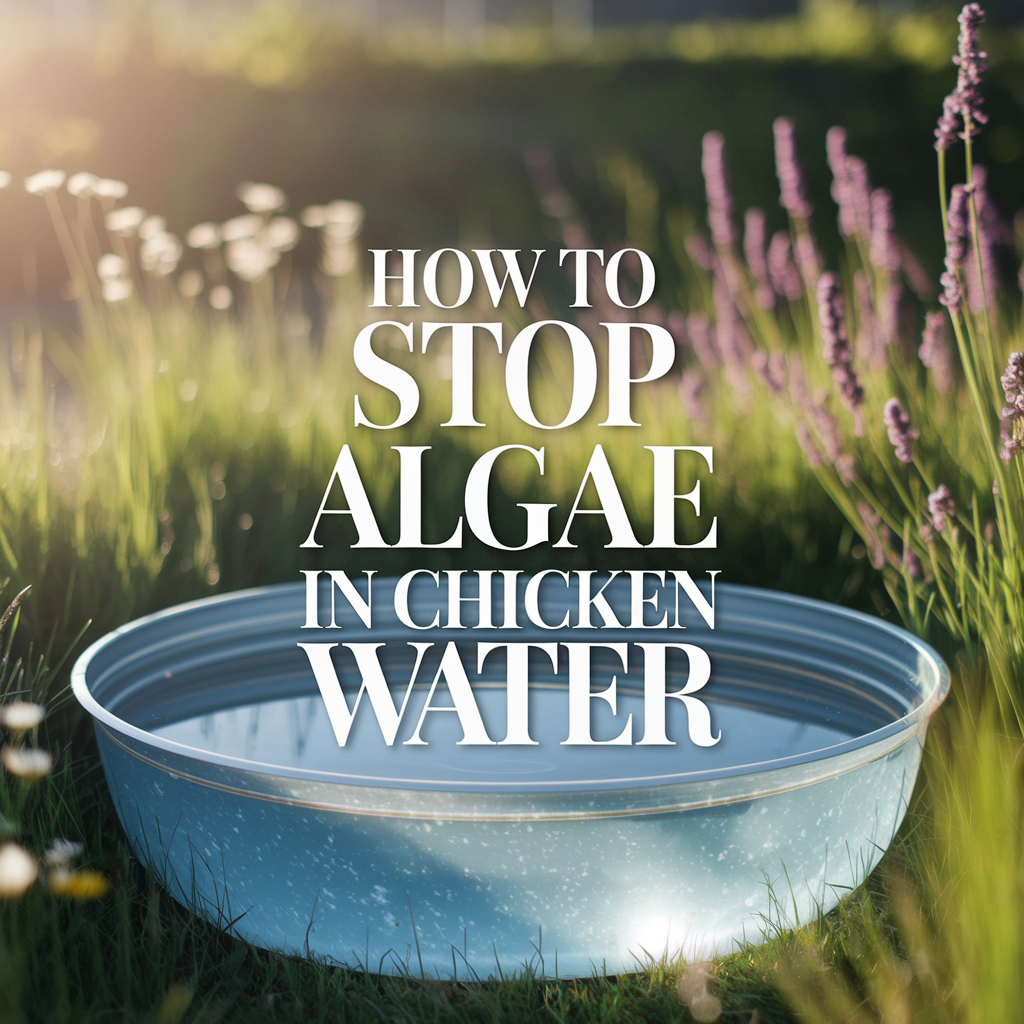
Green Water? Yeah, I’ve Been There
When I first started raising chickens, I figured keeping their water full was enough. I didn’t expect to walk out one summer morning and see their waterer coated in green slime. Nasty, stinky, slimy algae. The chickens didn’t seem too bothered, but I sure was.
That was my first real problem to solve as a backyard chicken keeper: how to stop algae in chicken water before it made the whole coop smell like a swamp.
Since then, I’ve tested every trick — from vinegar scrubs to shady coop hacks — and found a simple combo that actually works. The key? A better waterer setup, smart placement, and a little help from an old-school material: copper. (Don’t worry, I’ll explain.)
If your chicken waterer is turning green faster than you can clean it, you’re not alone — and this article will show you exactly what to do.
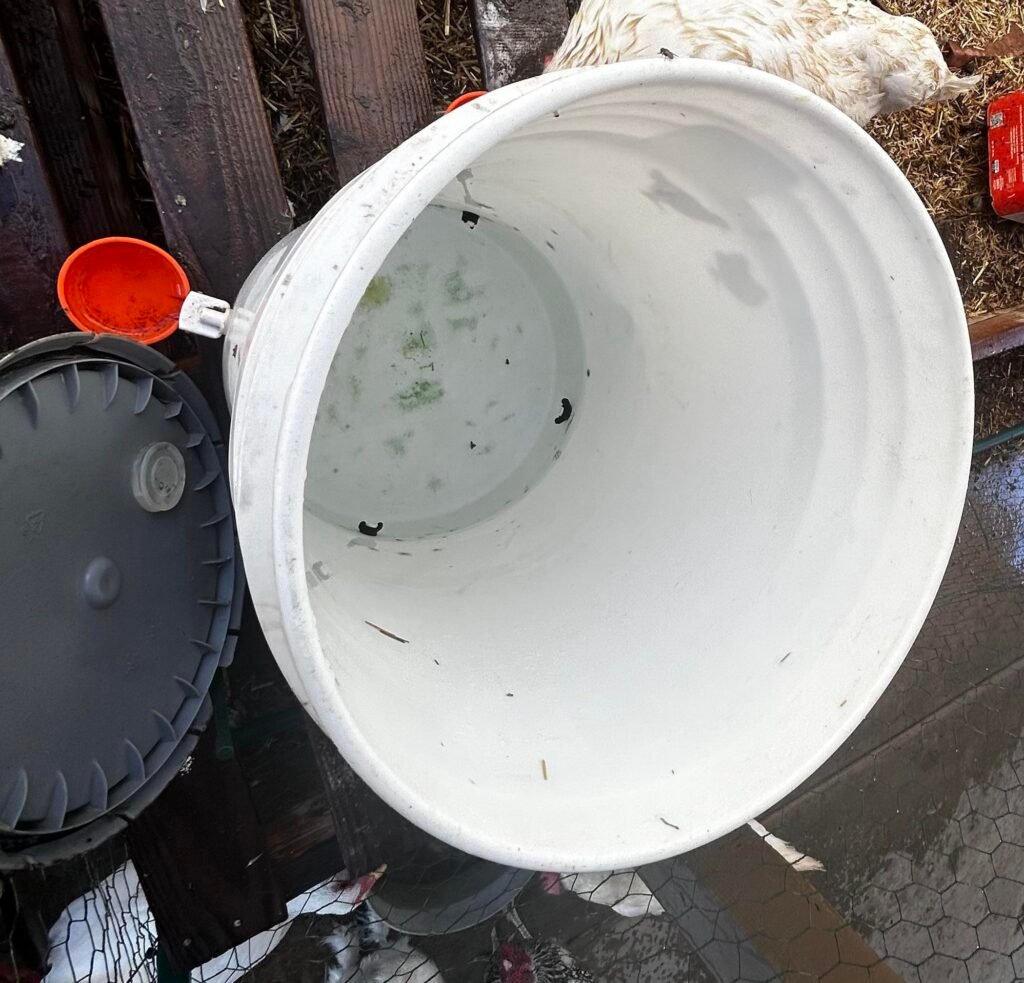
Why Does Algae Form in Chicken Water?
Let’s start with the basics. Algae love warm, still water. When your chicken waterer sits in direct sunlight, especially during spring and summer, it turns into an all-you-can-eat buffet for algae spores floating around your yard.
Other things that make it worse:
- Organic bits like dirt or feed falling into the bowl
- Poop particles (yep) from messy chickens
- Thin plastic containers that heat up quickly
- Not cleaning the waterer often enough
Once algae start growing, they multiply like crazy — turning your chickens’ drinking water into something that looks more like pond scum. That’s not just gross… it can also lead to less water intake, bad bacteria growth, and health issues for your flock.
I had to figure out how to stop algae in chicken water without turning into the “cleaning the waterer twice a day” person — because, let’s be real, none of us have time for that.
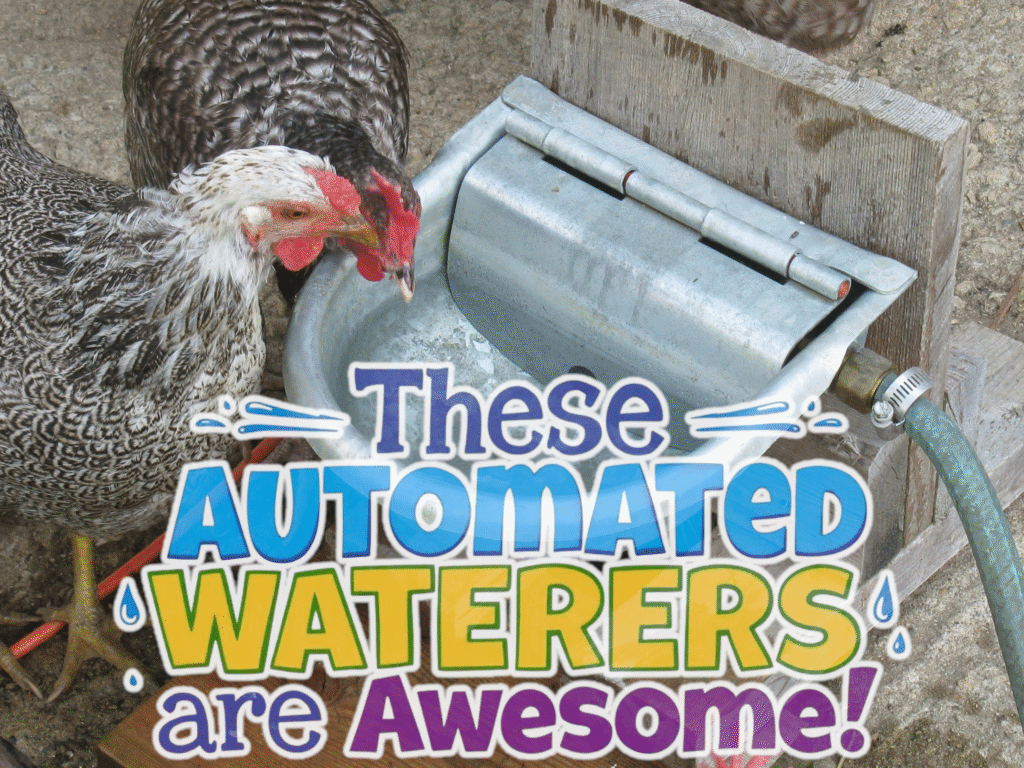
Is Algae Dangerous to Chickens?
Here’s the truth: a little algae probably won’t send your flock into a health crisis overnight. But that doesn’t mean it’s safe.
When algae takes over your waterer, it creates a slimy surface where harmful bacteria can grow. That’s where the real danger kicks in — not just from the algae itself, but from what it attracts. Chickens drinking from slimy, green water are at a higher risk for:
- Digestive issues
- Bacterial infections
- Dehydration (because some chickens refuse to drink gross water)
And if you’ve got chicks in the mix? It’s even more important to keep that water clean. Their immune systems aren’t fully developed, so the stuff that wouldn’t faze an adult hen could lead to serious trouble for your younger birds.
Bottom line: if you’re wondering how to stop algae in chicken water, it’s not just about looks — it’s about keeping your flock healthy.
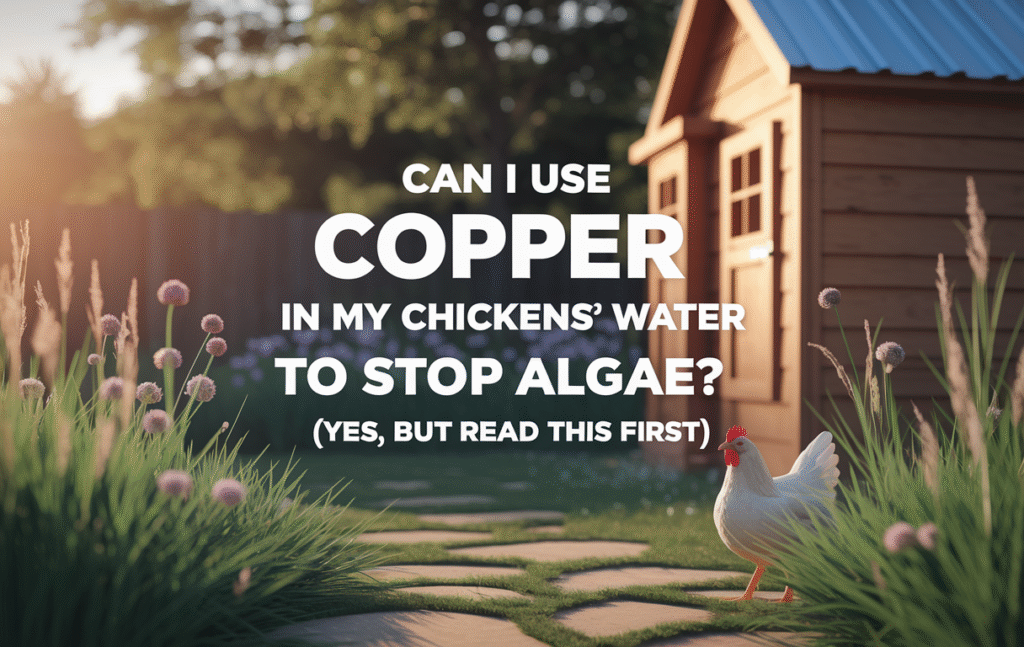
How to Stop Algae in Chicken Water (Natural Methods That Work)
After trying every trick in the book, here’s what’s actually worked for me — no fancy chemicals, no overcomplicated routines.
- Move the waterer to a shady spot
Algae thrives in sunlight. Keeping your setup in the shade slows down growth like crazy. - Use a top-fill automatic waterer
Less open water = less exposure to air and light. I use this waterer bowl and hose kit — it connects easily, stays cool in the shade, and doesn’t need constant refills. - Add copper to the waterer
Copper naturally slows algae growth. I break this down fully in my article about using copper in chicken water — but long story short: skip the pennies and use a small piece of copper pipe or fitting instead. - Rinse daily, deep clean weekly
A quick daily rinse keeps gunk from sticking. Once a week, I scrub with white vinegar and rinse with warm water — no bleach needed.
If you’re tired of scrubbing green goo every other day, these tips will buy you some sanity while keeping your chickens hydrated and healthy.
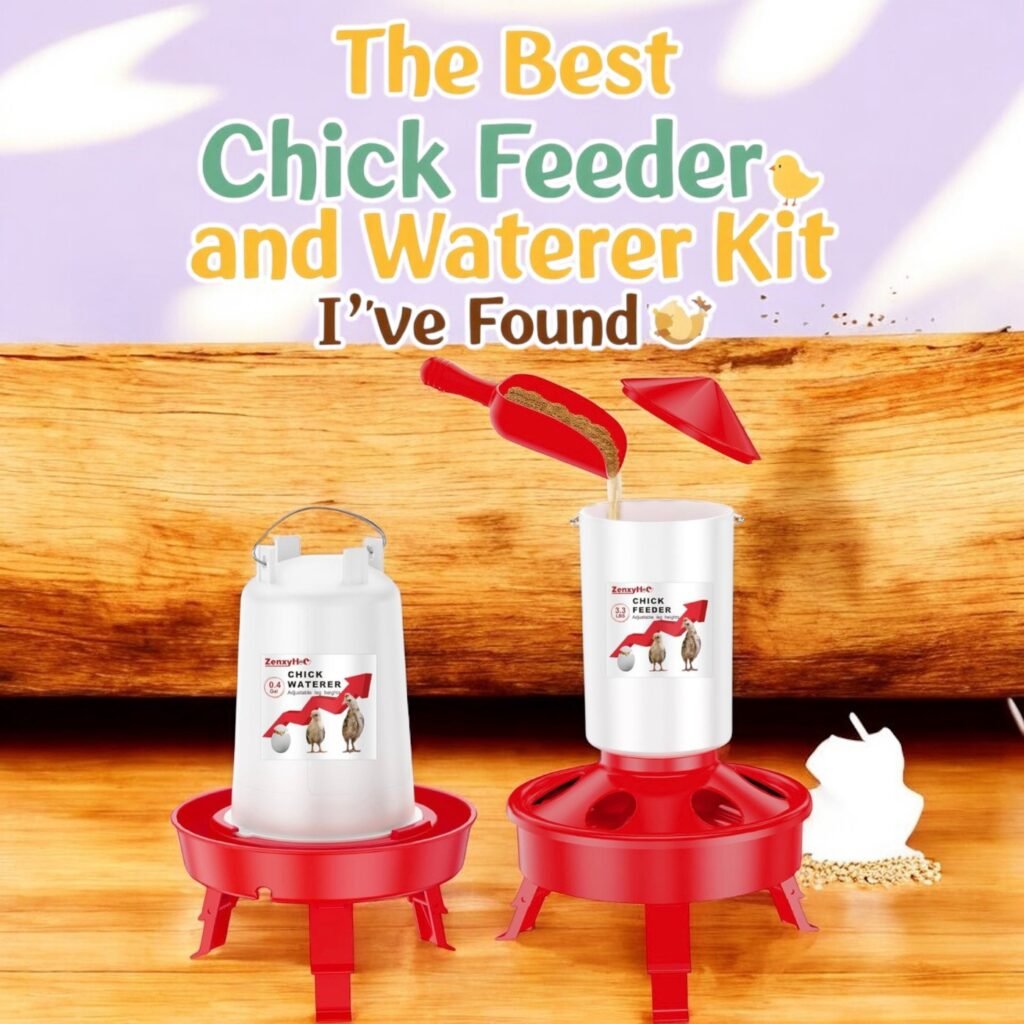
My Setup That Keeps the Water Clean All Summer
I used to scrub my chicken waterer daily. It felt like the moment I got it clean, the algae was already planning its comeback. That all changed when I simplified my setup — and I’ve stuck with it ever since.
Here’s what’s been working great for me:
- I moved my waterer under the shaded side of the coop — gets morning light but stays cool in the afternoon.
- I swapped the old plastic jug for this automatic bowl and hose kit. It’s low-profile, easy to fill, and doesn’t sit open like a soup bowl for algae to take over.
- Inside the bowl, I placed a small piece of copper pipe. You’d be surprised how well copper slows algae growth. I explain more of that trick right here.
This little combo setup keeps my water fresh with almost no slime, even on 90-degree days. I’m not saying algae magically disappears — but I’ve definitely stopped losing the war.
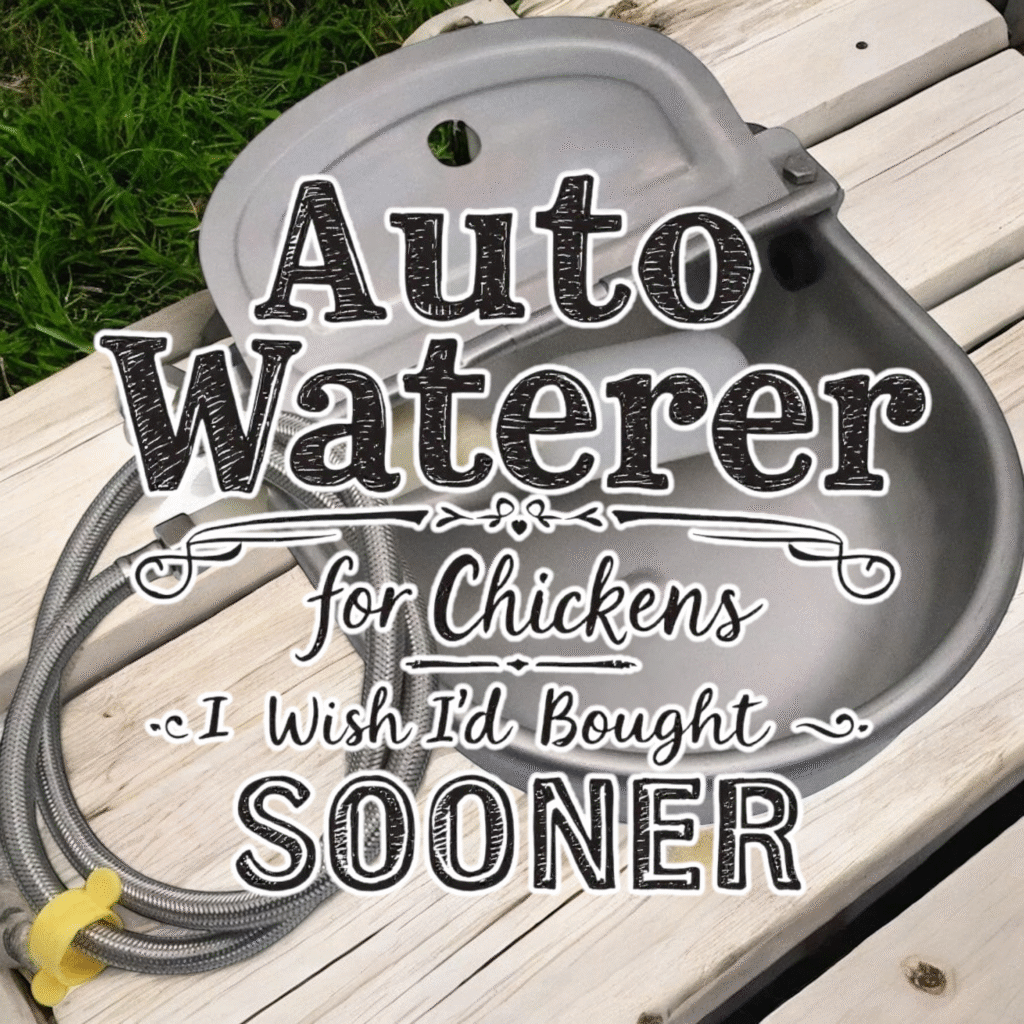
Best Products to Help Stop Algae in Chicken Water
You don’t need to go overboard with fancy gear — just pick a few simple tools that actually work. Here are a few I recommend after trial and error:
- Top-fill automatic waterer bowl – This one with a hose connection changed the game. Fewer spills, cooler water, less mess.
- Copper pipe or copper fittings – Don’t use pennies. A clean chunk of copper (safely placed) will do the trick.
- White vinegar – My go-to for weekly cleanings. Safe, effective, and no harsh chemicals.
- Bucket brush or bottle brush – If your waterer has a reservoir or pipe, get a skinny brush to keep the inside clean.
- Shade cover or tarp – Something simple to block direct sun over the water setup.
These tools have saved me time, stress, and probably a few bucks in chicken health problems. If you’re wondering how to stop algae in chicken water, this list will make it way easier.
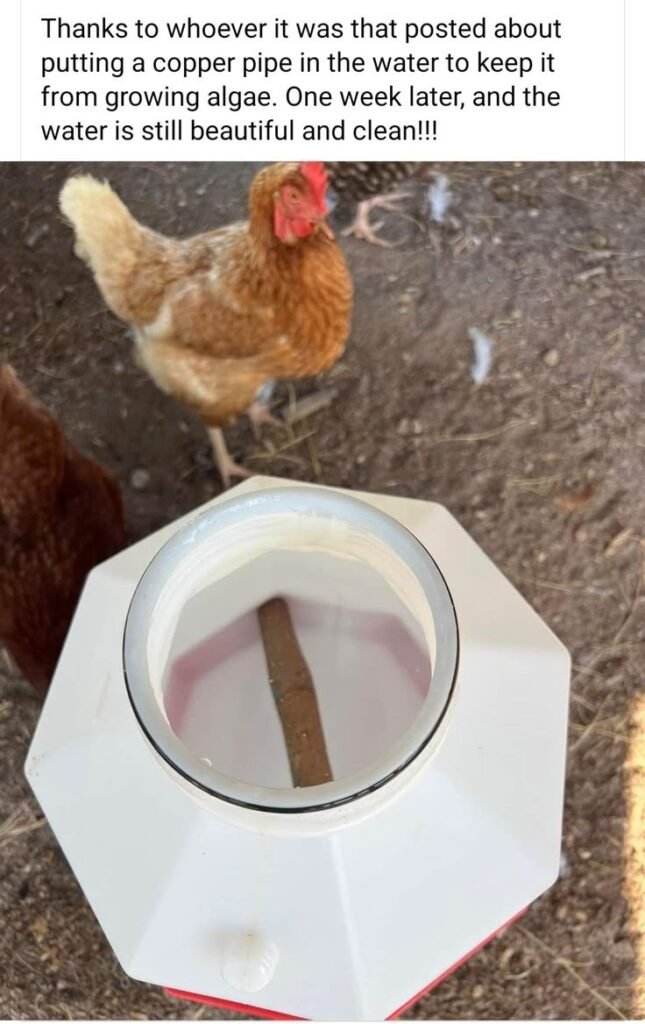
Algae Doesn’t Stand a Chance When You Take Action!
Algae might be stubborn, but it’s not unbeatable — especially when you’ve got the right setup and a few tricks up your sleeve. Whether you’re new to chickens or tired of scrubbing your waterer like it’s a full-time job, you can win this fight.
For me, figuring out how to stop algae in chicken water came down to three things: smarter placement, a better waterer setup, and adding copper. That’s it.
If you’re ready to give your flock cleaner, safer water with way less work, that automatic waterer bowl and hose combo I use is honestly worth every penny — and every algae-free day.
As an Amazon Associate we earn from qualifying purchases through some links in our articles.

